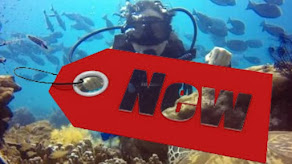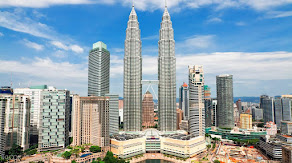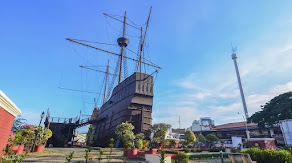Malaysian Homestay Programme
What is a homestay programme?
A homestay programme gives tourists the opportunity to stay with a chosen family, interact and experience the daily life of their homestay family and learn the culture and lifestyle of the rural community in Malaysia. A homestay programme cannot be classified as a lodging facility. It focuses more on lifestyle and experience, including cultural and economic activities.
What types of activities are offered in a homestay programme?
Each homestay programme offers different types of activities, depending on the culture, food, economic activity as well as location. Every state in Malaysia has its own uniqueness in terms of culture, ranging from the nasi dagang in Kelantan to the sumazau dance in Sabah, as well as the long houses in Sarawak. Examples of homestay activities include:
(i) Culture and Lifestyle
History
Traditional dances, traditional songs and traditional food
Traditional games and sports
Culture: marriage, assembly of animal sacrifice and festivals
(ii) Economic Activity
Rubber tapping
Fish breeding
Agriculture: paddy, cocoa, oil palm, fruit
(iii) Recreation
Sightseeing
Jungle trekking
White water rafting
Visit to nearby tourism products
(iv) Environmental preservation
Tree Planting Programme: Tourists are encouraged to plant trees at their homestays with the aim of preserving the environment and further beautifying the landscape of the homestays.
The Malaysia Rail Explorer is a new homestay package where tourists are invited to experience rural life in Kelantan. Visiting Kelantan by train is the best way to experience the culture and traditions of the state apart from enjoying the railway journey from Singapore to Kelantan. For further information and to make reservations for this package.
How much are the homestay packages?
A 2-day 1-night homestay package is between RM150 and RM250 inclusive of accommodation, food and activities (the cost depends on the activities offered by the homestay operator and activities requested by tourists). A detailed cost for each package can be obtained from the official Homestay Malaysia website.
How do I make a reservation for a homestay?
The particulars and cost of each package can be obtained at the official website of Homestay Malaysia. Tourists may choose the state they wish to visit as well as the activities they wish to participate in. The map to the homestay and the information about each homestay can also be found at the website which makes it convenient for tourists to make their reservations directly.
The Malaysia Tourism Centre (MaTiC) at Jalan Ampang is the focal point for information about tourism in Malaysia. It also provides the facility to make reservations for homestays.
"The Malaysia Rail Explorer" is a new homestay package inviting tourists to experience rural life in Kelantan by taking the train from Singapore. It is the best way to learn more about the culture and traditions of the state.













